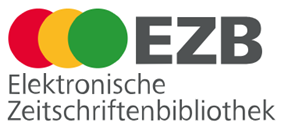Changes of Gibberellin and Total Sugar Content in Flower Developmental Stages of Mangosteen
Abstract
The objectives of this experiment were to study the changes of gibberellic acid and total sugar content in flower developmental stages of mangosteen. The result showed that flower development of mangosteen consisted of four stages: induction, differentiation, maturition of flower organs, and anthesis. Floral induction was microscopically characterized by the swelling of the basal structure of the new shoot. It was found that induction stage of mangosteen flowering was characterized by sharp decrease of gibberellic acid (GA3, GA5, GA7) and increase of total sugar content of leaf. On the other hand, it was found that leaf of the non-flowering shoot apices had high gibbrellic acid and low total sugar.Key words: mangosteen, flowering, induction, gibberellic acid
Downloads
HAYATI J Biosci is an open access journal and the article's license is CC-BY-NC. This license lets others distribute, remix, tweak, and build upon author's work, as long as they credit the original creation. Authors retain copyright and grant the journal/publisher non exclusive publishing rights with the work simultaneously licensed under a https://creativecommons.org/


















.png) IPB University
IPB University Department of Biology
Department of Biology The Indonesian Biological Society
The Indonesian Biological Society 

